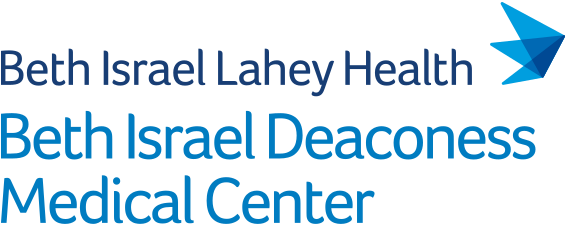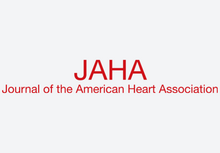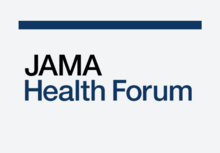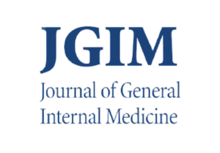Beschloss A, Wadhera RK, Oseran AS. Utilization and spending on lipid lowering therapies in Medicaid from 2018 to 2022. American Heart Journal. 2025. https://pubmed.ncbi.nlm.nih.gov/40578777/. doi:10.1016/j.ahj.2025.06.012
Publications
2025
Yan BW, Arun AS, Curtis LH, Kadakia KT, Lin Z, Lu Y, Wadhera RK, Krumholz HM, Dhruva SS. JACC Data Report: Cardiovascular Disease Mortality Trends in the United States (1999-2023). Journal of the American College of Cardiology. 2025. https://pubmed.ncbi.nlm.nih.gov/40562514/. doi:10.1016/j.jacc.2025.05.018
Johnson DY, Liu M, Bartlett VL, Zheng Z, Oseran AS, Wadhera RK. Heart Failure Care and Outcomes After Private Equity Acquisition of U.S. Hospitals. Journal of the American College of Cardiology. 2025. https://pubmed.ncbi.nlm.nih.gov/40492998/. doi:10.1016/j.jacc.2025.05.037
Johnson DY, Marinacci LX, Wadhera RK. Hypertension, Diabetes, and High Cholesterol Awareness Among US Adults. JAMA Cardiology. 2025. https://pubmed.ncbi.nlm.nih.gov/40465272/. doi:10.1001/jamacardio.2025.1536
Makwana B, Khadke S, Kumar A, Nasir K, Wadhera RK, Shah R, Sheth S, Kong Y, Navas-Acien A, Adamkiewicz G, et al. Marine Microplastic Levels and the Prevalence of Cardiometabolic Diseases in US Coastline Counties. Journal of the American Heart Association. 2025. https://pubmed.ncbi.nlm.nih.gov/40528809/. doi:10.1161/JAHA.124.039891
Park S, Koh KA, Liu M, Wadhera RK. Medicare Eligibility and Health Care Use Among Adults With Psychological Distress. JAMA Health Forum. 2025. https://pubmed.ncbi.nlm.nih.gov/40445599/. doi:10.1001/jamahealthforum.2025.1089
Sasankan P, Zheng Z, Wadhera RK. Quality of Cardiometabolic Preventive Care at Hospital- Versus Physician-Owned Outpatient Practices. Journal of General Internal Medicine. 2025. https://pubmed.ncbi.nlm.nih.gov/40445577/. doi:10.1007/s11606-025-09619-y
Makwana B, Desai B, Srinivasan J, Apetauerova D, Dani SS, Sehgal S, Yerstein O, Khadke S, Kumar A, Nasir K, et al. Impact of Marine Microplastics on Neurologic and Functional Disabilities: A Population-Level Study. European Journal of Neurology. 2025. https://pubmed.ncbi.nlm.nih.gov/40396917/. doi:10.1111/ene.70144
Tobb K. Addressing Unmet Needs in Cardiovascular Care: A Focus on Centers for Medicaid and Medicare Services’ Efforts to Integrate Social Determinants of Health Into Health Care. JACC: Advances. 2025. https://pubmed.ncbi.nlm.nih.gov/40393280/. doi:10.1016/j.jacadv.2025.101813
Liu M, Johnson DY, Bleich SN, Narasimmaraj PR, Bjorck-Posson C, Figueroa JF, Wadhera RK. Changes in Physical and Mental Health After the End of SNAP Emergency Allotments. JAMA. 2025.









